Following on from my selection process episode last week, this week I’m going to tell you a little about each of my personal top ten favorite images from 2017.
We’ll work through my top ten in chronological order, starting from January and working through the year. My first image was a bit of a surprise for me, as I wasn’t all that fond of this image when I first shot it, but it quickly grew on me.
Magical Forest
This image (below) is from my Hokkaido Landscape Photography Adventure Tour. Weather permitting, I’ll actually be at this same location just a day or so after releasing this episode, and I can’t wait to get back there. This particular spot is just off the ski slope at Mount Asahi in Hokkaido. A beautiful place to ski as well as to photograph, although we are careful not to get in the way of the skiers.
I shot this at f/14 for a 1/50 of a second, at ISO 100. Pretty much my default settings for when I’m working on a tripod. I think one of the things that prevented me from liking this image initially was that I had to compromise my composition because of foreground objects and the fact that I shot this from the other side of a small brook. I’d ideally wanted to go just a little bit wider and include more snow down in that trough in the center foreground, but that would have meant including some hazard warning poles and something else as well, and I obviously didn’t want to do that.
It’s funny because this is the reverse of how we sometimes find it difficult to remove images from a selection because of the emotional attachment that we generally have for a while after a shoot. In this case, I’d had a slightly negative emotional reaction caused by the fact that I had to compromise my preferred composition, but as that wore off over time, I found myself liking the image for its artistic merit, unhampered by my feelings from when I made the photograph.
Revisit Old Shoots
I’ve found this to be the case when going through images from old shoots too. We finish a shoot with certain expectations. It’s still fresh in our mind and we have a shortlist of images that we think went well, and give preference to finding and processing these images, and tend to skim over other images a little less enthusiastically.
Again though, if you go back and look through your old shoots with fresh eyes if your creativity was engaged, you’ll sometimes find that there are images in your set that are pretty good but you ruled out initially because of your fresh expectations. It’s because of this that I like to set aside some time every so often to look through images from six months to a year ago. It sometimes turns up some pleasant surprises.
The Catch
Moving On, this image (below) is from my Snow Monkeys & Hokkaido wildlife tours. Specifically from the small fishing town of Rausu on the Shiretoko Peninsula, where we spend three days photographing the sea eagles. This is a White-Tailed Eagle having just caught a fish. In actuality we through the fish into the water, and quite often they are flatfish, which don’t usually swim near the surface, so I like this mostly because it’s a regular looking fish and we can still see the splash of water as well as the reflection of the eagle.
I cropped this down from the top edge to a 16:9 ratio image, mostly because there wasn’t anything interesting at the top, but also because it made it feel more dynamic with movement from left to right being forced into a narrower space. My settings for this were ISO 800 at f/10, with a 1/1000 of a second shutter speed. For more information on my settings and techniques for using long lenses for this kind of fast-paced focusing etc. please take a look at my podcast episode 584.
Himba Smile
Next, we go from the wintery sub-zero temperatures of northern Japan to Namibia, when I visited a Himba settlement with my Namibia tour group. Without a doubt, one of my favorite images from the 2017 visit is this young Himba girl that I’d also photographed in 2015. It was amazing to see how she’d grown and was turning gradually into a young woman. I’m really hoping to be able to photograph her again this year when I return.
This Himba are an amazing people with beautiful culture and traditions, so it’s always a pleasure and a privilege to photograph them. I shot this at ISO 5000 inside one of their huts, to get out of the harsh sunlight. I had set my aperture to f/5.6 and my shutter speed to 1/80 of a second.
In my post-processing, I darkened down the background and added a vignette to focus our attention on the face. I exposed the image so that the white of her teeth and eyes were just starting to overexpose, and that helps to keep grain away in the dark areas, even at ISO 5000.
Lone Wildebeest on Plain
I also visited the Etosha National Park in Namibia for my first time in 2017. With a few hundred wildlife images to choose from, I found it difficult to remove many of them from my final selection but felt strongly that this shot of a wildebeest (below) should stay. It’s not a dynamic or powerful shot as such, but something about the stance and calmness of this image really appeals to me.
As I also mentioned last week, it was only as I revisited my Namibia wildlife work from this year that I really thought about converting this to black and white. I do a lot of black and white and have done monotone wildlife before too, but for some reason when processing my Namibia work it had never really appealed to me, until last week, when it hit me like a sledgehammer.
As is often the case, removing the color enables us to concentrate more of the form of the subject, and I love the texture and gradation in the mane of this magnificent animal, as well as the way black and white makes the wildebeest stand out so much, almost as though it has been superimposed onto the photograph. My settings for this image were ISO 400 at f/11 for 1/640 of a second. I was using my Canon 100-400mm lens with a 1.4X extender attached for a focal length of 560mm.
Colorful Fes Alleyway
I also ran my first tour in Morocco in 2017, and have absolutely fallen in love with this beautiful land and her people. Many of the places we visited had places where the locals had taken pride in decorating their town, like this beautifully painted alleyway is Fes (below).
Because the local people don’t like having their photos taken without permission, which they rarely give, sometimes the best way to include people in a shot like this is to capture them while they are still so far away that they’re quite small in the frame, as I did here. This works fine, as it enables me to add a human element, but also leave lots of room for us to see the beautiful colors.
Although it was a clear day, the draped cloths and Moroccan flags cut out enough light that I needed an ISO of 2500 at f/11, for a shutter speed of 1/320 of a second. For much of this tour, with there being quite a lot of street photography, I forced myself to use Aperture Priority and set a minimum shutter speed of 1/250 of a second, so that I could freeze any sudden movement in the subjects when necessary. I could have used a slower shutter speed and ISO here, but there often wasn’t enough time to override my settings or drop back into Manual mode, especially as many of my shots had to be grabbed before the unaware subjects got much closer than this.
Camels and Handler in Sahara
While in Morocco I arranged for a shoot in the Sahara Desert with two camel handlers each with five camels. My group actually rode these camels into the desert, which was an experience unto itself, but it was such a treat to be able to photograph these people with their animals like you see in this image (below).
I was happy with the location that I asked the camel handlers to stop at, with this beautiful view of the sand dunes as a backdrop. I did clone out a number of patches of vegetation from the distant dunes, to clean this up, but I’m very happy with the results.
I used my 24-105mm lens on one body and my 100-400mm lens on a second body so that I could quickly switch between the two. I don’t mind changing lenses in the desert, despite the dust. In fact, I didn’t expect to use the 100-400mm until we actually started shooting, so I put the lens on to the body while out there. Unless there is a lot of wind, generally you can get away with a lens change, especially if you turn your back to any breeze and shield your camera with your body.
My settings were ISO 800 at f/10 for a 1/250 of a second, at 200mm. Again, I was using Aperture Priority here and was actually getting quite comfortable with it by this point. I continued to use Aperture Priority because as you’ll see a few photos from now when we panned around to the right of this scene, we were shooting into the sun and then later the sunset, and Aperture Priority helped to adjust the exposure as we switched from regular lighting to silhouettes.
Camel Handler with Camels
This next image (below) is another one that sort of grew on me. I was excited when shooting it, and thought it had potential, but I didn’t think for a moment that it was going to make my top ten for the year until I started to go through my Morocco images time and again during the process of whittling down my selection. Every time this image flashed up onto the screen, it brought a smile to my face.
I don’t know if it’s the Lawrence of Arabia type appeal, with the camel handler in his headwear, or the way this man carries himself, just sitting in the sand that he’s so familiar with, and his five camels standing patiently behind him. I found Morocco to have a wonderfully romantic and poetic air to it, that moved me quite deeply, and I sense a lot of that in this image, so there was no way I could remove it from my top ten selection.
Again, still using an automated mode, I could have switched to a slower shutter if I’d taken control, but it took a lot of work for me to get used to giving up that control during my Morocco tour, so while it made sense, I stayed in Aperture Priority, and so this image was shot at ISO 4000 at f/11 for 1/320 of a second, at 200mm. No big deal really either. The image is as clean as can be, so I have no regrets.
Camel Silhouettes at Sunset
I tried really hard to remove one of my two camel train images from my top ten as well, but I love both of these shots so much, that they both had to stay. I shot this second camel train image (below) as the sun started to turn the sky firey-red and the wispy clouds were making beautiful patterns in the sky. These natural phenomena were a perfect backdrop for our camel handler as we marched him all over the dunes to get our photographs.
I shot this at ISO 500 at f/10 for 1/320 of a second at 35mm, so a lot wider than the first camel train shot. Because I was now shooting into the bright sky, the Auto-ISO dropped down to 500, keeping my shutter speed at 1/320 because I’d set a minimum shutter speed of 1/250 of a second, and I think I had +0.3 of a stop Exposure Compensation dialed in, which is why the actual shutter speed increased by a third of a stop.
Moroccan Man in Well
As we left the Moroccan Sahara to continue our journey, our wonderful guide had our bus driver pull in to a sandy patch of land with what looked like a series of adobe turrets built at intervals across the land. It turns out that there is an underground irrigation channel with wells inside each of these turret-like structures, and when you go underground through a door in their base, you can actually walk into the underground canal.
We were guided into the tunnel by the man you see in this next image (below) who graciously posed for us, looking up into the light pouring down into the darkness from the mouth of the well.
Taken a little by surprise at this photographic treat, I lowered my exposure compensation to -2.0 to prevent my camera from making the man’s blue garments over-expose due to the very dark background, and also give to give me a 1/40 of a second shutter speed at f/4 in the very low light, even though my auto-ISO had reached the limit I’d set, which was 6400.
I absolutely love this shot though, and although I’m not really much of a people photographer, I think this and the final image that we’ll look at in a moment are my favorite photographs of my top ten for 2017.
Moroccan Man in Adobe Building
In the final image, we see a proud man that lives in an ancient ighrem or fortified village, called Aït Benhaddou, and his families home was built around the 15th or 16th century. An incredibly generous gentleman, he invited our tour group into his home for tea, and then came with us outside, into a nearby building with an opening in the roof, so that we could photograph him in this amazing light.
Again, because of the low light, I opened up my aperture to f/4, as wide as it goes for my 24-105mm, and still had to shoot this at ISO 6400 for a 1/60 of a second exposure. There’s virtually no grain in the image though, as I exposed it so that the whites were bordering on overexposure, which helps to stop the shadows getting too dark, and it’s the shadow areas that become more problematic if you don’t protect them.
I feel incredibly fortunate to have been able to visit Morocco for the first time last year, and I’m hoping that we’ll get enough people sign up for the 2018 tour to make it possible to visit again. It’s a magical country with beautiful people and a sense of poetry that I honestly wasn’t prepared for.
As I spoke with our guide towards the end of the 2017 tour, he told me that 2018 would be even better, because, in his words, “Morocco is in your eyes now”. This might not seem very special, but it’s this sort of turn of phrase and philosophy that can reel me in and make me love a country and her people like nothing else.
Share Your Own Work
There was a great response to my call for you to share your work at the end of last week’s episode, in which I discussed my selection and editing process for this top ten. I’d like to invite those of you that have not yet posted a link to take a moment to share your own top ten in the comments for this post (below).
If you haven’t selected your own top ten, I really do recommend setting some time aside to do this. It helps to hone various skills that help us to become better photographers, as well as enabling us to put a stake in the ground at the end of each year, and that builds into a great visual record of our progress as we continue on this wonderful journey of our, into 2018 and beyond.
Show Notes
Previous Top Ten posts: https://martinbaileyphotography.com/tag/top-ten/
Subscribe in iTunes for Enhanced Podcasts delivered automatically to your computer.
Download this Podcast in MP3 format (Audio Only).
Download this Podcast in Enhanced Podcast M4A format. This requires Apple iTunes or Quicktime to view/listen.

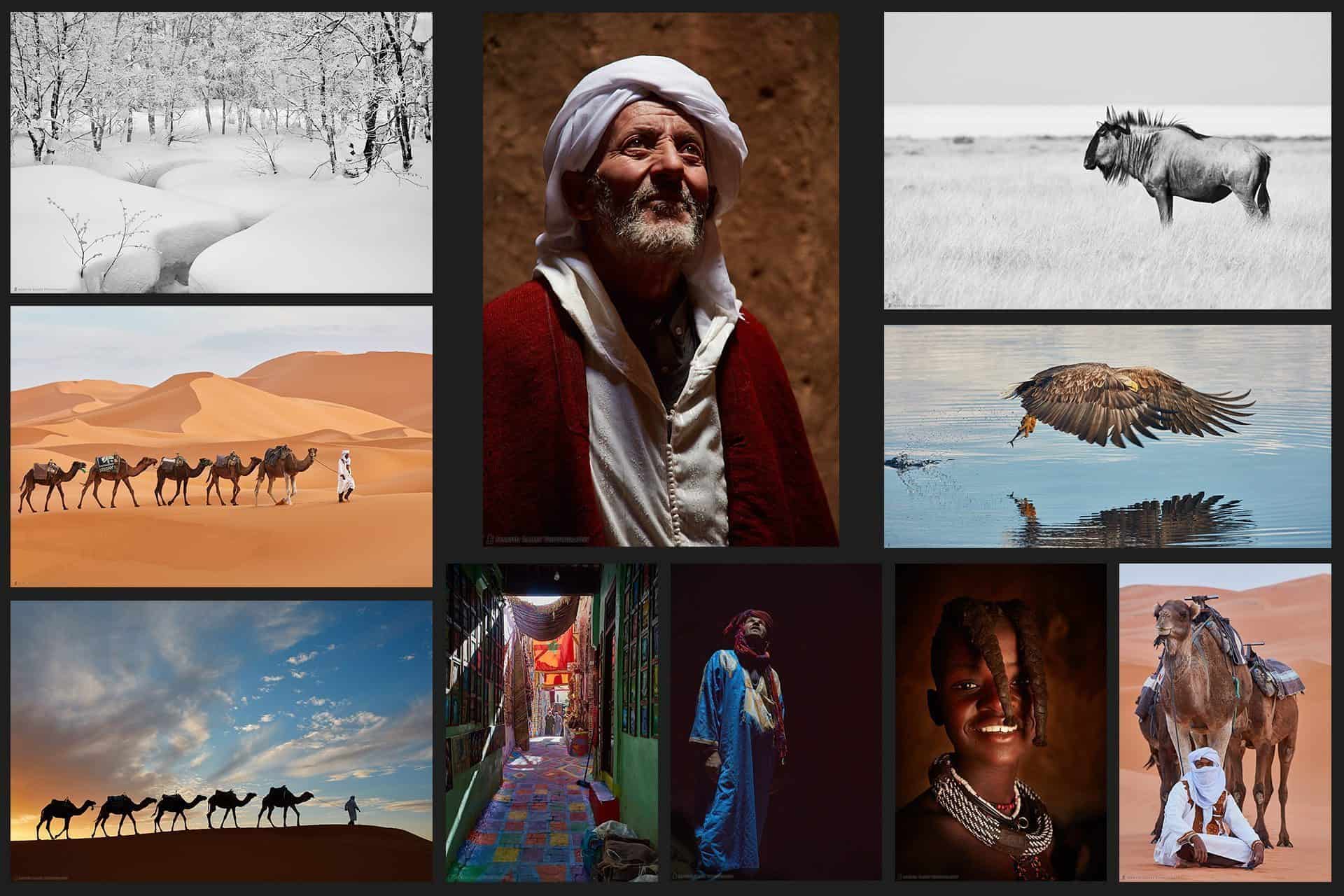
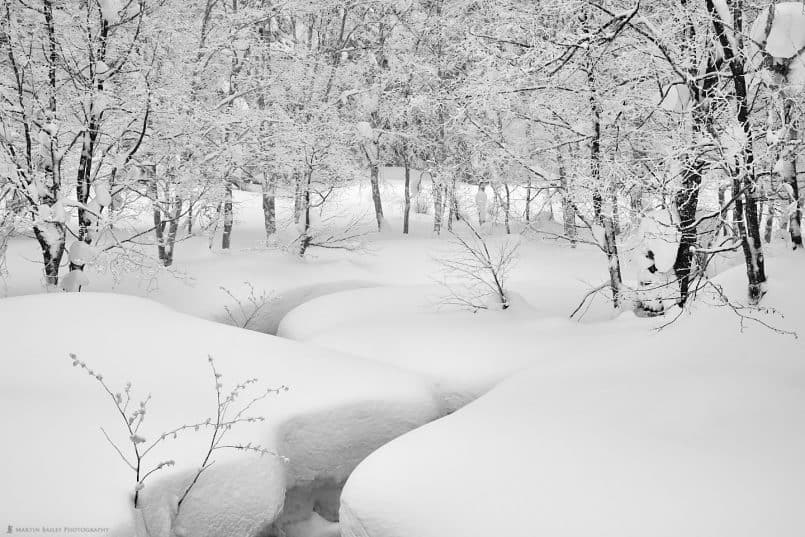



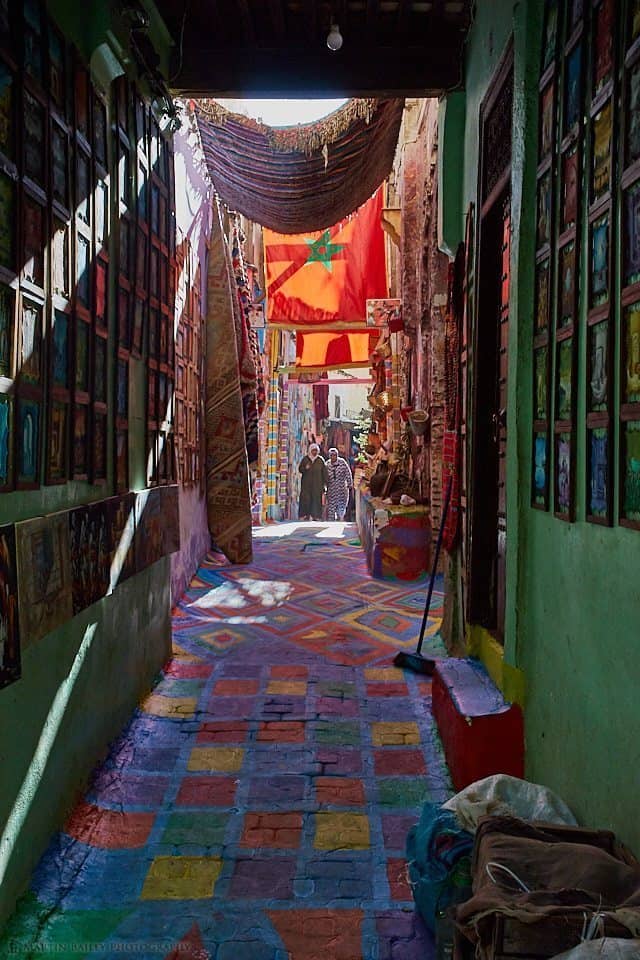
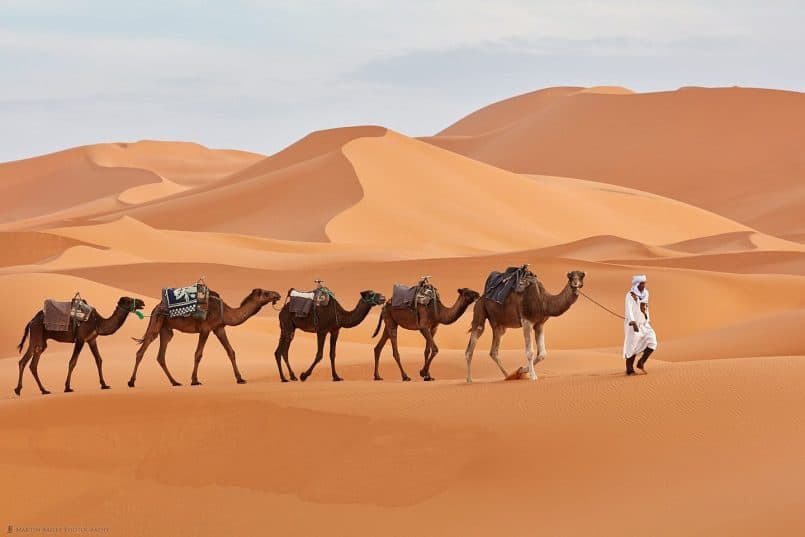
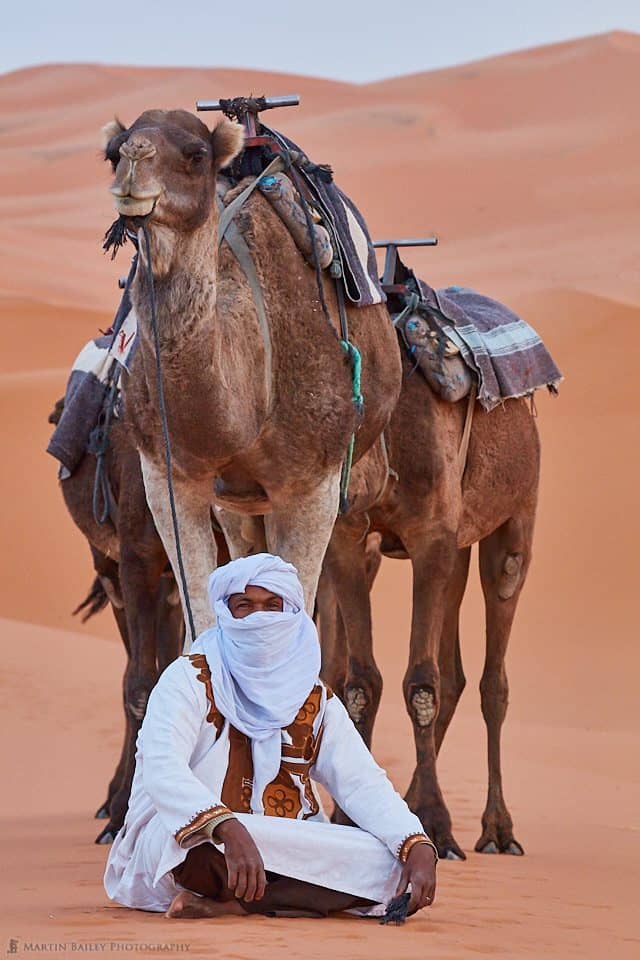
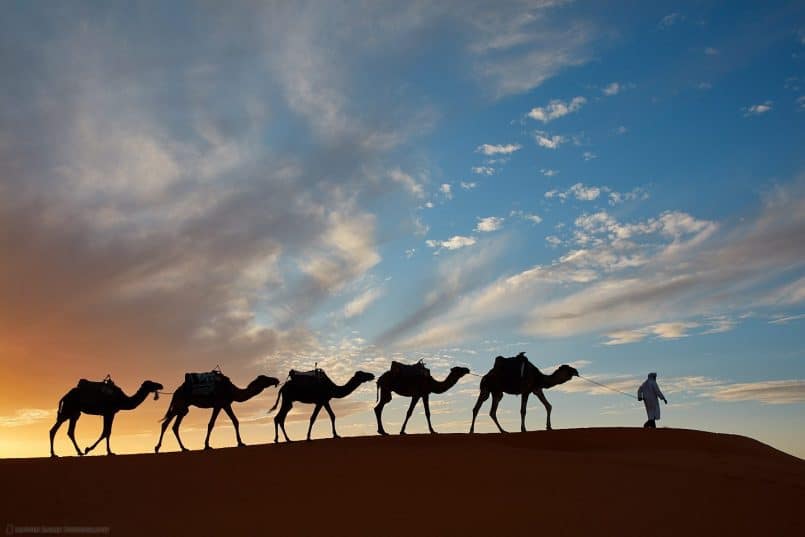

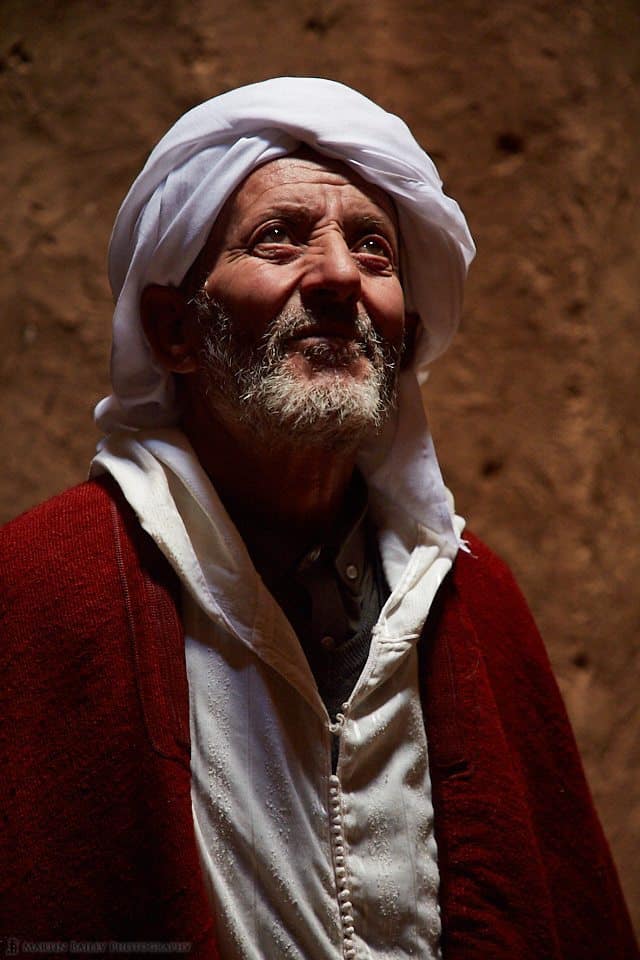

Great post, as always, Martin. I like the “Camel Silhouettes at Sunset” and “Moroccan Man in Adobe Building” best.
Thanks Christian! I’m pleased you like these
Always one of my favorite podcast episodes of the year Martin! It’s a joy to have you walk us through your highlights of the previous year and see how your work has changed and improved in that time, as well as go through my own images at this same time. Here are my favorite ten images from 2017:
http://www.ericvogtphoto.com/blog/4/1/2018/topp-ten-photos-from-2017
Hi Eric,
Sorry for the late reply, and to hear that you had a bit of a slump year.
You still came up with some great shots though. I love the second one”Dressed with the Splendor of Kings”. Great detail and masterful control over the exposure.
All the best for 2018!
Regards,
Martin.
Those are some really awesome clicks Martin. My personal favorite would be ‘The Catch’. I wonder for how long you would have waited to take that shot. I have no words to describe how beautiful that shot is.
Thanks, Brandon. The Catch is one of my favorites too. It wasn’t so much a patience thing, as we were photographing eagles for two hours a day for three days on each of my Japan winter wildlife tours, but getting a shot in those conditions and actually nailing the focus and timing with a slow camera (Canon EOS 5Ds R) takes a bit of skill and experience. 🙂
Hi Martin
I am new to your channel and I am an avid amateur photographer and taking your advice I tried to get my best images of 2018 down to 10 but failed I guess I will need to work harder in future. I find your advice really helpful keep up the great work I have just started going back to your first podcast and I am working my way through them. Here is a link to my best photogrpahs of 2018 on my pinterest page. http://www.pinterest.com.au/TAP402/best-of-2018/
Cheers
Graham Kilpatrick
Hi Graham,
Thanks for posting your link. I can see how it would have been difficult to get your set down, although I really do recommend trying. It makes the process harder, but I believe we learn more from removing the last few images.
I’ve just completed my top ten for this year, and intend to release a podcast on the process next Monday. I had a really hard time removing the last few images, for various reasons that I’ll explain in my post. I hope you enjoy it.
All the best for 2019!
Regards,
Martin.